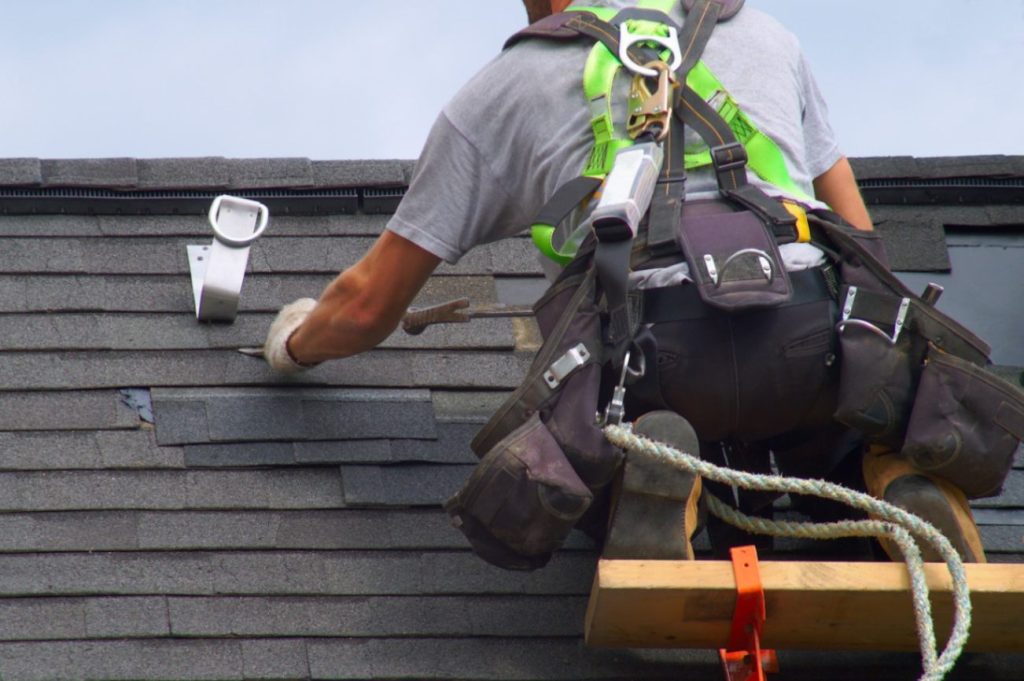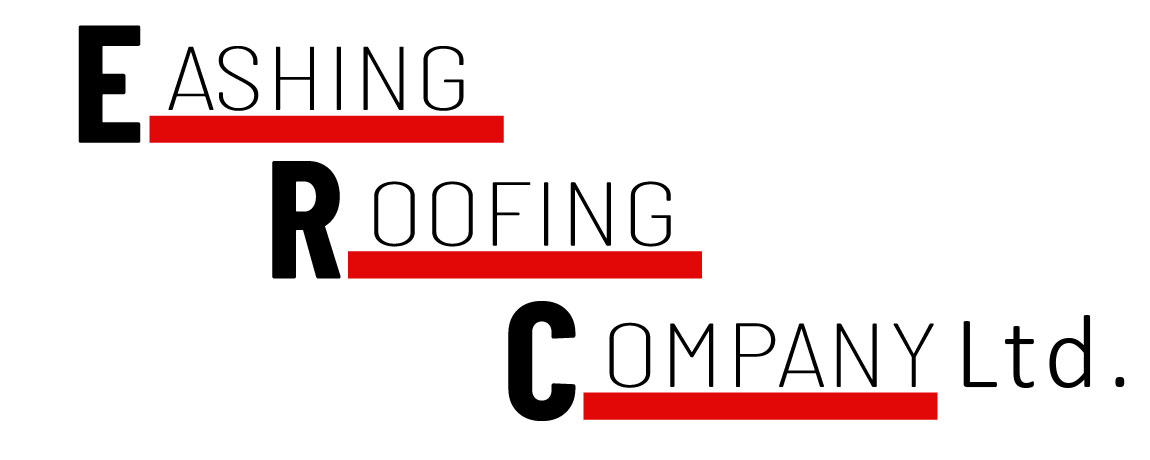How to Extend the Life of Your Roof: Maintenance Tips for Guildford Homeowners
Maintaining your roof is vital for its longevity, especially for homeowners in Guildford. Regular inspections can help you spot issues before they escalate, while understanding your specific roof type allows for customised care. You’ll also need to manage seasonal challenges and guarantee proper drainage. By following these expert maintenance tips, you can greatly extend your roof’s lifespan and protect your home from costly repairs. Let’s explore the essential steps you need to take.

Key Takeaways
- Conduct regular inspections at least twice a year and after severe weather to identify potential issues early.
- Clean gutters and downspouts biannually to ensure proper drainage and prevent water damage.
- Address moss and algae growth promptly with appropriate cleaning methods to protect roofing materials.
- Apply protective sealants to enhance weather resistance and prolong roof lifespan.
- Keep detailed records of inspections and maintenance for informed future care and repairs.
Understand Your Roof Type
Your roof serves as the first line of defence against the elements, making it crucial to understand its type for effective maintenance.
Different roof materials, such as asphalt shingles, metal, or tile, have unique properties affecting their performance and durability. For instance, asphalt shingles typically last 15-30 years, while metal roofs can endure 50 years or more.
Knowing your roof type allows you to tailor your maintenance strategies accordingly, enhancing its roofing lifespan. Consider factors like climate, installation quality, and material durability when evaluating your roof.
Regular upkeep aligned with your specific roof type can prevent premature wear and guarantee your home remains protected from environmental challenges.
Investing time in understanding your roof pays off considerably in the long run.
Regularly Inspect for Damage
To guarantee your roof remains in peak condition, you should regularly inspect it for damage.
Start by checking for missing shingles, as their absence can lead to leaks and further deterioration.
Additionally, inspect the flashing and seals around vents and chimneys to prevent water intrusion.
Check for Missing Shingles
Regularly checking for missing shingles is essential for maintaining the integrity of your roof. Missing shingles can lead to roof leaks, which can cause significant damage to your home’s interior and structure.
To effectively inspect your roof, look for any areas where shingles may be absent or damaged. If you notice any missing or broken shingles, prompt shingle replacement is vital to prevent further deterioration.
Even small gaps can allow water infiltration, leading to costly repairs. It’s a good idea to conduct these inspections at least twice a year and after severe weather events.
Inspect Flashing and Seals
After addressing any missing shingles, it’s important to turn your attention to the flashing and seals around chimneys, vents, and skylights.
Regularly inspect these areas for signs of wear or damage. Flashing materials, such as aluminium or galvanised steel, can corrode over time, leading to leaks. Look for cracks, rust, or separation from the roofing surface.
Equally, check the sealant types used; silicone or polyurethane sealants may degrade and lose their adhesion. If you notice any issues, promptly replace damaged flashing and reapply sealant to guarantee a watertight seal.
Maintaining these components not only protects your roof but also extends its lifespan, saving you from costly repairs down the line. Be proactive in your inspections to safeguard your home.
Clean Your Gutters and Downspouts
Cleaning your gutters and downspouts regularly is essential for preventing water damage to your roof and home.
Clogged gutters can lead to overflow, which may compromise your roof’s integrity and lead to costly repairs.
You’ll need basic tools like a ladder, gloves, and a scoop to maintain them effectively.
Importance of Regular Cleaning
Maintaining the integrity of your roof heavily relies on the condition of your gutters and downspouts. Regular cleaning prevents debris accumulation, which can lead to blockage and overflow.
When water can’t flow freely, it may back up, causing damage to your roof and foundation. The roof cleaning benefits include extending its lifespan and preventing costly repairs.
It’s essential to establish a cleaning frequency; ideally, you should clean your gutters at least twice a year, especially in spring and autumn when leaves and debris are prevalent.
Tools for Gutter Maintenance
To keep your gutters and downspouts functioning effectively, having the right tools on hand is crucial. Start with a sturdy ladder to safely access high areas.
A gutter scoop helps you remove debris efficiently, while a trowel can assist in scraping stubborn buildup. Invest in a high-quality bucket to collect waste as you clean.
For thorough gutter cleaning, a garden hose with a spray nozzle will aid in flushing out remaining debris. Additionally, consider a leaf blower for quick clearing of larger leaves and twigs.
Don’t forget safety gloves to protect your hands from sharp objects. With these maintenance tools, you’ll guarantee your gutters remain clear, preventing costly damage to your roof and home.
Address Moss and Algae Growth
Since moss and algae thrive in damp, shaded areas, they can quickly become a problem on your roof if left unaddressed.
To combat this, you should implement effective moss prevention techniques, such as trimming overhanging branches to increase sunlight exposure and reducing moisture retention. Regular inspections can help you catch any growth early.
For algae removal methods, use a mixture of water and bleach or a commercial cleaner specifically designed for roofs. Apply it carefully, ensuring you follow the manufacturer’s instructions. Rinse thoroughly to prevent any residue that could harm your roofing material.
Ensure Proper Ventilation
Good ventilation is vital for extending your roof’s lifespan and preventing damage. Proper airflow improvement helps regulate temperature in your attic, reducing the risk of moisture buildup and mould growth.
When you guarantee adequate ventilation, you boost ventilation benefits like increased energy efficiency and prolonged roof material durability.
Install ridge vents, soffit vents, or gable vents to create a balanced airflow system. This setup allows stale air to escape while fresh air enters, maintaining a consistent temperature.
Regularly inspect these vents to verify they’re clear of debris, which can obstruct airflow. By prioritising ventilation, you’ll not only protect your roof but also contribute to a healthier home environment.
Check Flashing and Seals
While many homeowners focus on the overall condition of their roofs, checking the flashing and seals is essential for preventing leaks and structural damage.
Flashing maintenance is vital, as it directs water away from vulnerable areas like chimneys, vents, and valleys. Inspect your flashing for rust, cracks, or separations, and replace any damaged sections promptly.
Equally important is ensuring seal integrity around roof penetrations. Seals can degrade over time due to weather exposure, leading to potential leaks.
Carefully examine the seals for wear, and reapply sealant where necessary. By prioritising these maintenance tasks, you can prolong your roof’s lifespan and maintain a secure, leak-free home.
Regular checks will save you time and money in the long run.
Trim Overhanging Branches
After guaranteeing your flashing and seals are in good condition, it’s important to address the impact of overhanging branches on your roof.
Tree trimming plays an essential role in maintaining roof integrity. Overhanging branches can scrape shingles, causing wear and tear, and can also lead to debris accumulation that traps moisture. This moisture can promote mould and rot, greatly shortening your roof’s lifespan.
Implement effective branch management by regularly inspecting trees near your home. Trim any branches that extend too close to your roof, ideally keeping a distance of at least six feet. This proactive approach not only protects your roof but also improves your home’s overall aesthetic.
Regular maintenance prevents costly repairs and guarantees your roof remains in prime condition.
Schedule Professional Inspections
Scheduling professional inspections is crucial for maintaining the longevity of your roof, as these experts can identify potential issues before they escalate into costly repairs.
It’s recommended to have a roof inspection at least twice a year, ideally in the spring and autumn, to verify your roof remains in peak condition. During these inspections, professionals provide invaluable advice on signs of wear and tear, potential leaks, or structural damage.
Prepare for Seasonal Changes
As the seasons change, it’s essential to prepare your roof to withstand the varying weather conditions that can impact its durability.
Start by inspecting your roof for any damage, such as missing shingles or cracks, which can worsen with seasonal weather fluctuations.
Clean gutters and downspouts to guarantee proper drainage and prevent water buildup that could lead to leaks.
Additionally, consider applying a protective sealant to improve your roof’s resistance to harsh conditions.
In winter, be proactive about removing snow and ice buildup, as it can weigh down your roof and cause structural issues.
Frequently Asked Questions
How Often Should I Replace My Roof Entirely?
You should replace your roof every 20 to 30 years, depending on roof lifespan factors like material and climate. Consider replacement cost considerations, as timely replacements can save you money on extensive repairs down the line.
What Are Signs My Roof Needs Immediate Attention?
You should look for signs like water stains on ceilings, missing shingles, or curled edges. If you detect leaks or notice shingle damage, it’s time to call a professional for immediate roof inspection and repair.
Can I Walk on My Roof for Maintenance?
You can walk on your roof for maintenance, but prioritise roof safety. Use proper footwear, and consider a roof inspection first. If you’re unsure, hiring a professional is always a safer option to prevent damage.
How Does Weather Affect Roof Longevity?
Weather greatly affects roof longevity. Storm damage can weaken materials, while temperature fluctuations cause expansion and contraction, leading to cracks and leaks. Regular inspections help you identify issues before they escalate, ensuring your roof’s durability.
What Roofing Materials Are Best for Guildford’s Climate?
For Guildford’s climate considerations, choose durable roofing materials like slate or metal. These options withstand moisture and temperature fluctuations, ensuring longevity and performance. Regular assessments will help you maintain their effectiveness against local weather conditions.
Conclusion
By prioritising regular inspections and customised maintenance, you can greatly extend the life of your roof. Remember to keep your gutters clean, address any moss or algae, and guarantee proper ventilation. Don’t overlook the importance of checking flashing and seals, as well as trimming overhanging branches. By staying proactive and scheduling professional assessments, you’ll protect your investment and maintain your home’s integrity for years to come. Regular care is key to a durable, long-lasting roof.
